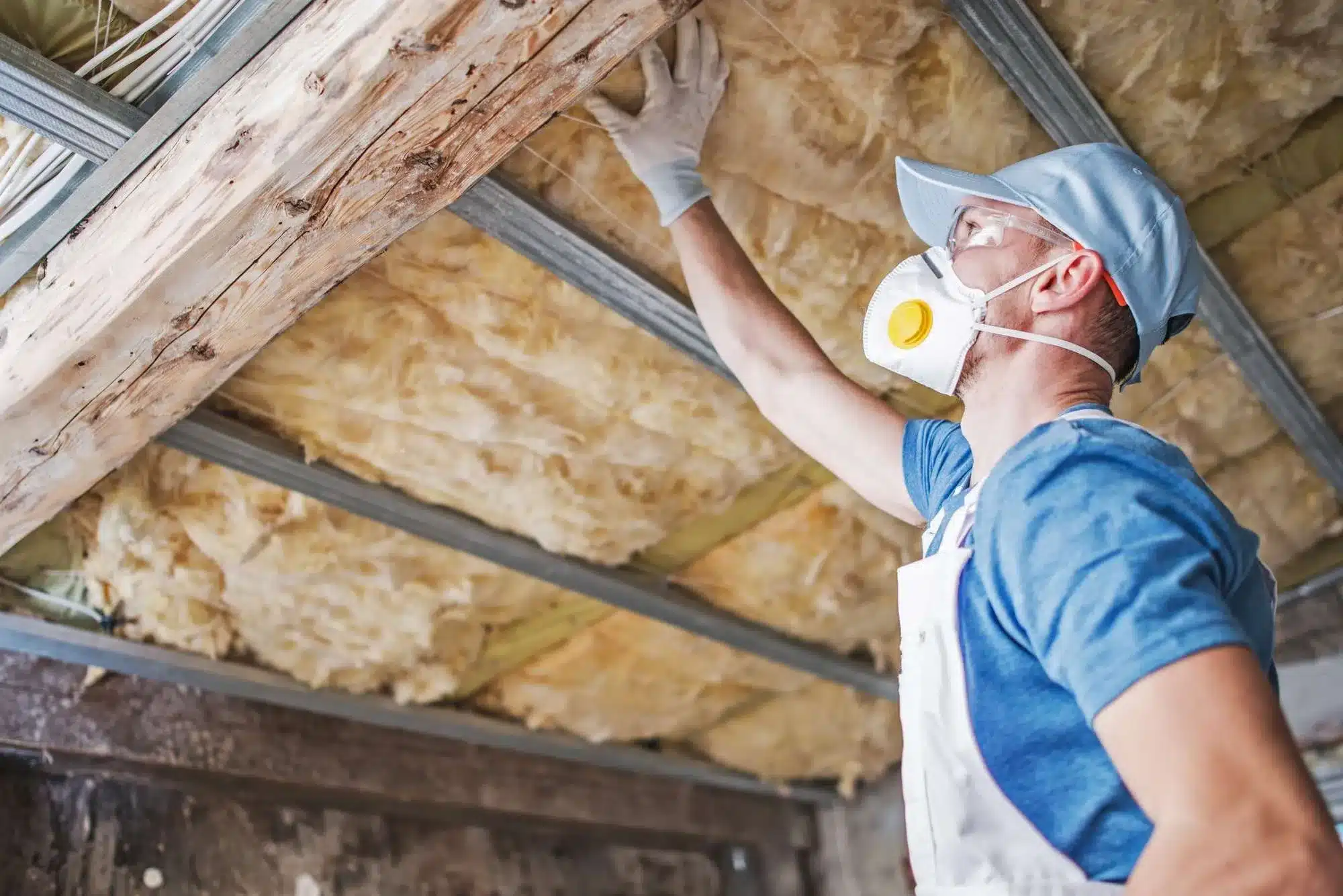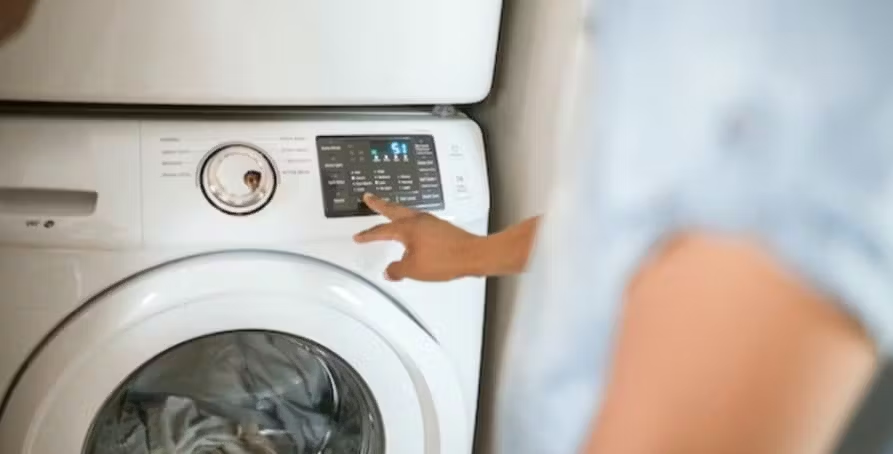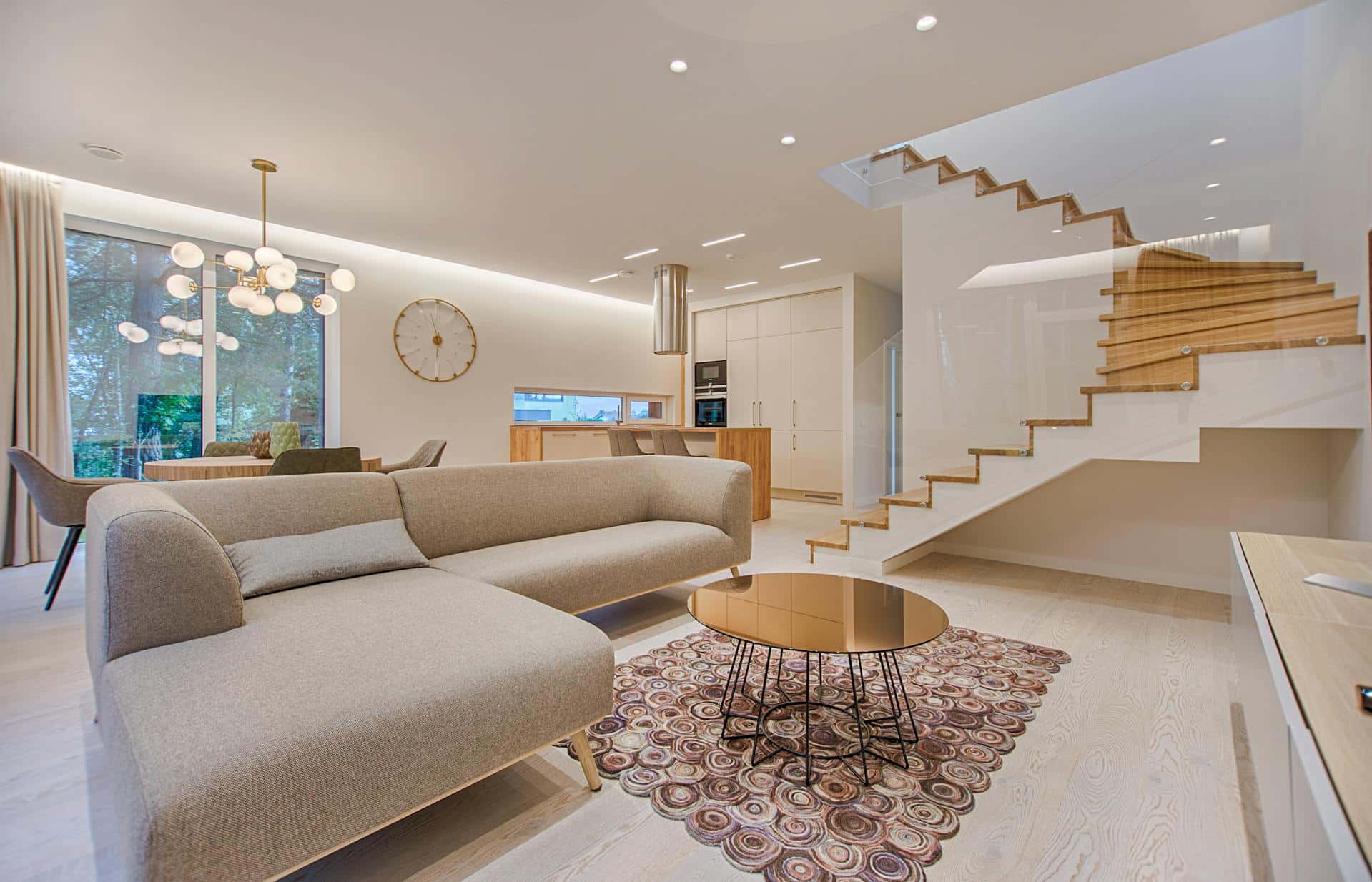Designing a home goes far beyond picking the right paint color or deciding between hardwood and carpet. While aesthetics matter, true design success lies in balancing style, practicality, and year-round comfort. One crucial, often underestimated aspect is how a home manages energy—both in how much it uses and how much it wastes.
In places like Pittsburgh, where summers can bring humid heatwaves, and winters bite with subzero chills, this balance becomes even more vital. With temperature extremes on either side of the calendar, energy bills can quickly hit the roof. That’s why energy-conscious design isn’t just a bonus—it’s a must.
Let’s dive into how you can transform your space from drafty to dreamy, combining cozy interiors with real savings.
1. Energy-Efficient Windows: Smart Style with Substance
Windows play a dual role in home design. They shape your view and invite natural light, but they also serve as a critical layer in your home’s thermal envelope. In climates like Pittsburgh’s, poorly insulated windows can be a major source of energy loss, letting cold air seep in during the winter and allowing heat to pour in during summer.
Modern, energy-efficient windows solve this problem. Options like double-pane or triple-pane glass with low-emissivity coatings help regulate indoor temperature while reducing glare and UV damage to furniture. The bonus? They’re available in a wide range of styles, so you don’t have to compromise on aesthetics.
But the product itself is only part of the equation. Only the best Pittsburgh window company can ensure proper installation, airtight seals, and frame alignment—all of which are essential for maximizing energy performance. Investing in quality windows pays off in lower bills, better comfort, and long-term durability.
2. Insulation: The Unsung Hero of Home Comfort

Insulation is often hidden behind walls, but it plays a major role in how your home performs. Without proper insulation, your house becomes vulnerable to temperature swings and inconsistent comfort. During the winter, heat escapes through poorly insulated walls or ceilings. In the summer, that same lack of barrier lets in unwanted heat, causing your air conditioning system to work overtime.
There are several types of insulation, including fiberglass batts, rigid foam boards, blown-in cellulose, and spray foam. Each works differently depending on where it’s installed and what your home needs. When done right, insulation keeps your home cozier, quieter, and far more energy-efficient.
3. Air Sealing: Stop Leaks Before They Drain Your Wallet
Tiny cracks and gaps in your home may seem harmless, but collectively, they can allow a lot of heated or cooled air to escape. This makes your HVAC system work harder and drives up your energy costs. Common culprits include door frames, window edges, recessed lighting, plumbing penetrations, and attic hatches.
Air sealing addresses these vulnerabilities using materials like caulk, foam, and weatherstripping. It’s one of the most cost-effective upgrades you can make. You can do it yourself in some areas, but for a full home assessment, consider hiring a professional to conduct a blower door test. This diagnostic tool pinpoints where leaks are most severe so you can seal them for maximum effect.
4. HVAC Optimization: Smarter Systems for Smarter Homes
Heating and cooling make up the largest portion of energy use in most homes. An outdated or oversized HVAC system can waste a surprising amount of energy while still leaving parts of your home uncomfortable. Modern systems, especially heat pumps and high-efficiency furnaces, are designed to use less energy while maintaining better temperature control.
Maintenance matters just as much as equipment quality. Changing filters regularly, checking ductwork for leaks, and scheduling yearly tune-ups keep everything running smoothly. Working with trusted local providers like American Air & Plumbing ensures systems are properly sized, installed, and maintained. These are key factors in maximizing efficiency and avoiding costly breakdowns during extreme weather.
5. Lighting the Way: Save Energy Without Sacrificing Ambiance
Lighting sets the mood in your home, but it also affects your energy use more than you might expect. Traditional incandescent bulbs are inefficient and short-lived. Switching to LED lighting reduces energy consumption by up to 75 percent and cuts down on bulb replacements. LEDs also come in various tones and brightness levels, allowing for design flexibility.
Make the most of natural light, too. Thoughtfully placed windows, skylights, and reflective surfaces help brighten your space without relying on electricity during the day.
6. Energy-Efficient Appliances: The Daily Impact You Can’t Ignore

Appliances are among the most frequently used items in a home, and they’re also some of the biggest energy consumers. From refrigerators that hum around the clock to washers and dryers that run multiple times a week, these machines quietly add up on your utility bill. Fortunately, upgrading to energy-efficient models can make a noticeable difference over time.
Look for ENERGY STAR-certified appliances when it’s time to replace older models. These products meet strict efficiency standards without sacrificing performance.
Usage habits also matter. Avoid running half-full loads in the dishwasher or washing machine. Use cold water when possible, and clean lint filters regularly on dryers. Over time, these choices can help reduce your energy footprint while keeping your daily routines intact.
7. Smart Home Technology: Automated Efficiency at Your Fingertips
Smart home tools do more than make life convenient—they actively help manage and reduce energy use. A programmable or smart thermostat is one of the best examples. It learns your habits and adjusts heating or cooling settings based on your schedule. That way, you’re not wasting energy when you’re not home.
Other helpful tools include smart power strips that cut off electricity to devices when they’re not in use or sensors that turn off lights when a room is empty. Many apps allow you to monitor your energy usage in real-time, giving insight into where you might be losing energy and how to adjust accordingly.
By putting control in your hands—or your phone—these tools remove the guesswork and make energy-saving choices feel seamless.
8. Roofing and Siding: Protective Layers That Work Overtime
Your roof and siding don’t just define your home’s exterior—they’re also key to its energy efficiency. Roofing materials can either reflect or absorb heat. Light-colored, reflective roofing, often referred to as a “cool roof,” helps deflect sunlight and keeps the attic from turning into a furnace during hot months.
Insulated siding works much like a good thermal jacket. It wraps your home’s exterior in an added layer of protection, reducing heat loss in the winter and heat gain in the summer. These upgrades enhance the building envelope and cut down on the need for heating and cooling.
While roofing and siding improvements may seem like larger investments, they pay off in long-term durability, comfort, and energy savings.
Building a truly comfortable, energy-saving home is a layered process. Each design choice, from your appliances to your roofing, plays a role in creating an efficient, balanced living space. While some upgrades involve investment and planning, others can start right away with small changes in your daily life.
When your home works with the environment instead of against it, you’ll notice the difference—not just in your energy bills but in the way your space feels every single day.

